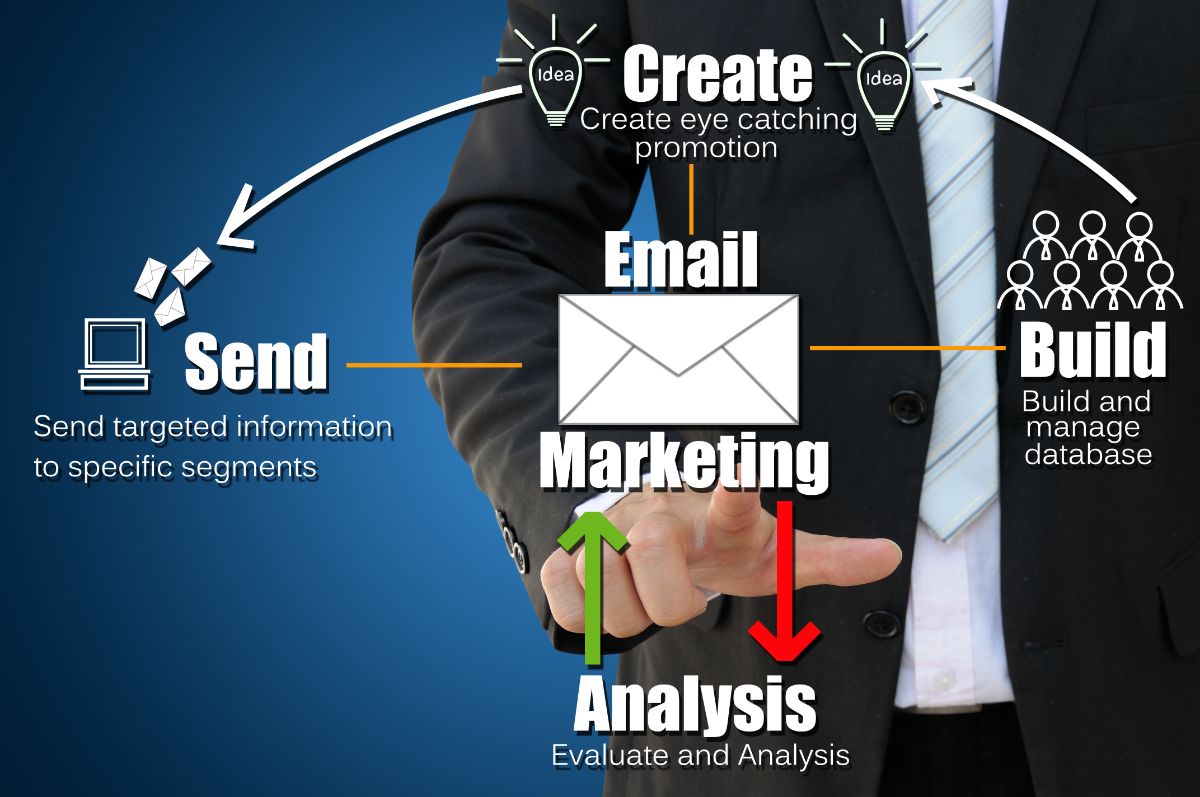Introduction
Email marketing remains one of the most effective ways to attract new patients and retain existing ones for dental practices. In this article, we’ll walk you through the steps to set up an effective email marketing program.
Why Email Marketing?
Here are some compelling reasons why dental practices should invest in email marketing:
- High ROI: Email marketing offers one of the highest returns on investment among marketing channels.
- Targeted Messaging: Allows you to segment your audience and send tailored messages.
- Build Relationships: Helps in building and maintaining long-term relationships with patients.
Essential Components
Step 1: Building Your Email List
Begin by collecting email addresses from your existing patient database, website sign-ups, and in-office visits. Always ensure you have the person’s consent to send them emails.
Step 2: Choose an Email Marketing Platform
Select an email marketing software that best fits your needs. Platforms like Mailchimp, SendinBlue, and Constant Contact are popular choices.
Step 3: Segment Your List
Segment your email list based on criteria like new patients, existing patients, and those who haven’t visited in a while. This allows for more targeted messaging.
Step 4: Create Content
Develop engaging and informative content for your emails. This can range from dental tips, special offers, to news about your practice.
Step 5: Design the Email
Use a clean, simple design that aligns with your brand. Ensure the email is mobile-friendly and includes a clear call-to-action.
Step 6: Testing
Always test your emails before sending them out. Check for broken links, typos, and ensure it displays correctly on various devices.
Step 7: Send and Monitor
Once you’ve tested the email, send it out to the segmented list. Use analytics to track open rates, click-through rates, and conversions.
Step 8: Optimize
Based on the metrics, make the necessary adjustments to your email campaigns for better performance in the future.
Types of Emails to Send
Welcome Emails
Send a warm welcome email to new patients or subscribers, introducing your practice and what they can expect from your emails.
Promotional Emails
Announce special offers, discounts, or new services to entice visits.
Appointment Reminders
Automate appointment reminders to help reduce no-shows and last-minute cancellations.
Educational Content
Share informative articles, dental tips, or how-to guides to provide value to your patients.
Re-Engagement Emails
For patients who haven’t visited in a while, send a re-engagement email to remind them to schedule an appointment.
Conclusion
Email marketing is a powerful tool for dental practices, offering a cost-effective way to attract new patients and keep existing ones engaged. By taking a strategic approach to email marketing, you can build a program that delivers measurable results.





